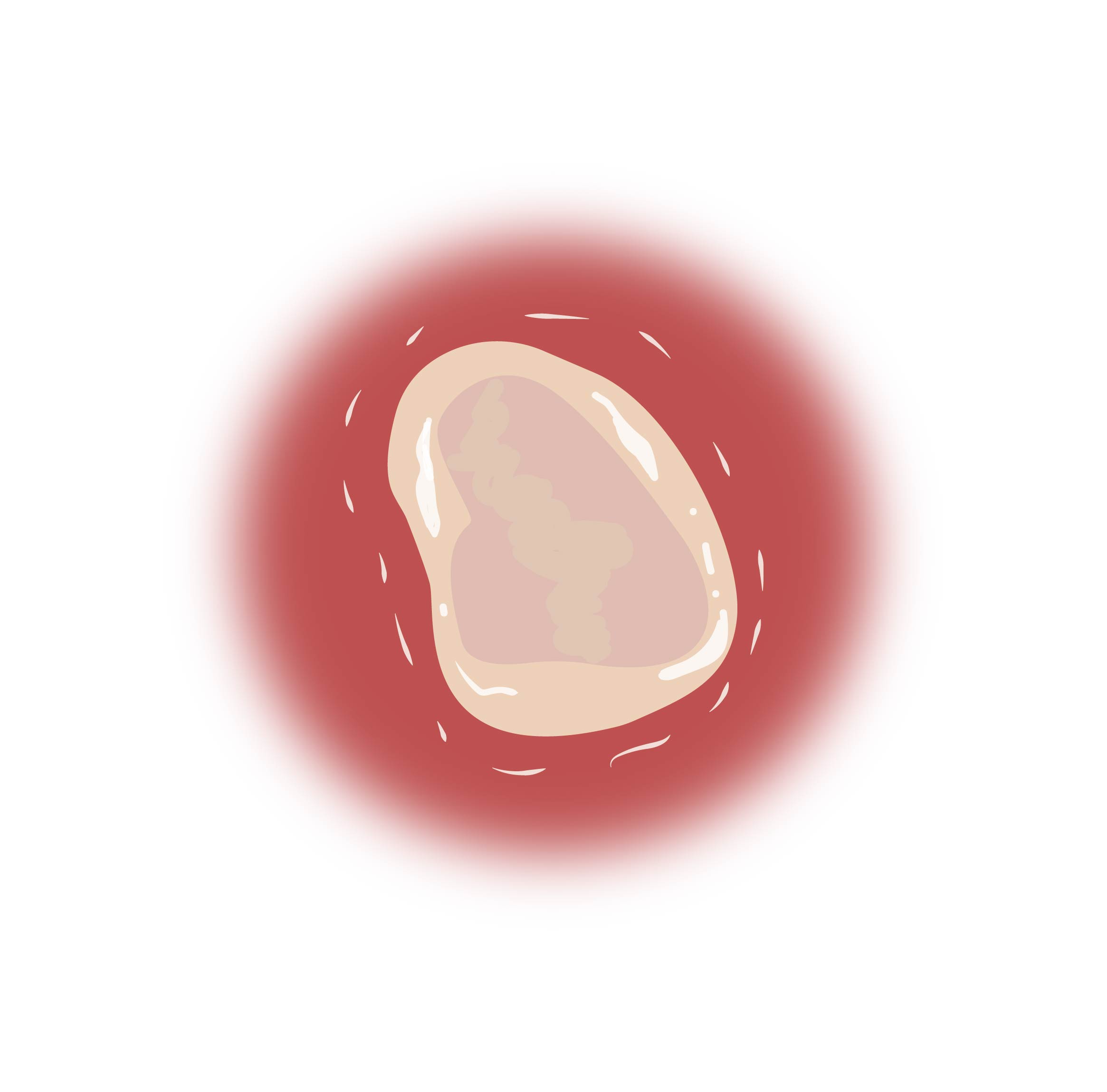What are the symptoms of Behçet's disease?
Behcet's disease, also known as Behcet's syndrome, is a systemic vasculitic disorder characterized by oral ulcers, genital ulcers, eye inflammation, and skin lesions. Generally, the symptoms of Behcet's syndrome mainly include oral ulcers, genital ulcers, ocular lesions, skin lesions, and joint symptoms. If experiencing any physical discomfort, it is recommended to seek timely medical attention and receive treatment under the guidance of a qualified physician. Detailed explanations are as follows:

1. Oral Ulcers: Because the oral mucosa is a primary target of immune system attack, oral ulcers are common symptoms of Behcet's syndrome. The ulcers are typically round or oval, covered with a white or creamy pseudomembrane, and cause severe pain.
2. Genital Ulcers: The mucous membranes of the genital area are similarly susceptible to immune system attack, leading to the development of genital ulcers. These ulcers are usually deep and large, cause intense pain, and heal slowly.
3. Ocular Lesions: Vasculitis-induced microcirculatory disturbances in the eyes may lead to ocular inflammations such as conjunctivitis, iritis, and uveitis. These manifest as eye redness, pain, tearing, foreign body sensation, and vision loss.
4. Skin Lesions: The skin is also commonly affected by Behcet's syndrome. Common skin manifestations include erythema nodosum and folliculitis, presenting as skin redness, swelling, pain, and itching.
5. Joint Symptoms: Behcet's syndrome may also affect the joints, leading to the development of arthritis. Arthritis typically presents with joint pain, swelling, stiffness, and, in severe cases, may affect the patient's daily activities.
In daily life, patients should maintain healthy lifestyle habits, avoid excessive fatigue, maintain emotional stability, and undergo regular follow-up examinations to monitor changes in their condition.








